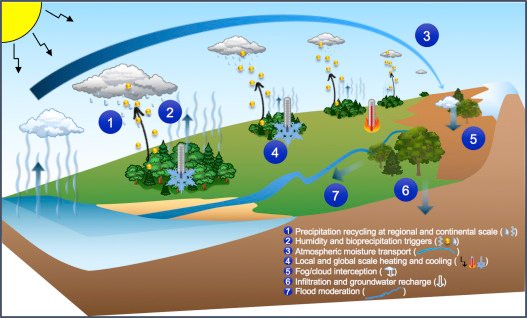According to a new study by University of Cambridge Conservation Research Institute though their is no denying fact that reforestation is an important part of tackling climate change, we need to carefully consider the best places for doing it.

In some places, changes to water availability will completely change the local cost-benefits of tree-planting programs.
While it has long been known that planting trees reduces the amount of water flowing into nearby rivers, there has previously been no understanding of how this effect changes as forests age.
The study looked at 43 sites across the world where forests have been established, and used river flow as a measure of water availability in the region.
It found that within five years of reforestation, river flow had reduced by an average of 25%. By 25 years, rivers had gone down by an average of 40% and in a few cases had dried up entirely.
The biggest percentage reductions in water availability were in regions in Australia and South Africa.
The research showed that the type of land where trees are planted determines the degree of impact they have on local water availability.
- Trees planted on natural grassland where the soil is healthy decrease river flow significantly.
- On land previously degraded by agriculture, establishing forest helps to repair the soil so it can hold more water.
- The effect of trees on river flow is smaller in drier years than wetter ones.
By studying how forestation affects water availability, we can work to minimize any local consequences for people and the environment.
Reference- Phys.org, Global Change Biology Journal,






